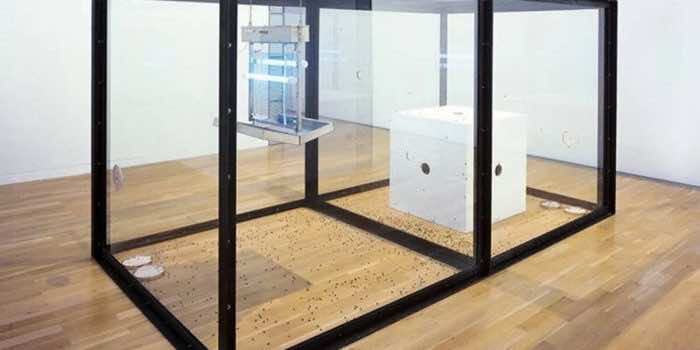It has been reported that a museum located in Wolfsburg, a city in Germany, has recently engaged in a matter of contention with PETA, an animal rights group. According to reports, the Kunstmuseum has eliminated the “controversial art installation” featured in the museum by an award-winning English artist named “Damien Hirst” since it was found that it is subjected to killing flies through UV light. This piece of art was titled “A Hundred Years (1990)” and the conflict that is signed by PETA states that the subject matter of this installation is not in accordance with Germany’s Animal Welfare Act.

However, this statement has raised concerns as some people were of the opinion that flies do not fall under the jurisdiction of this act and the complaint filed is irrelevant to the case. This dispute has become the talk of the town and has already created a lot of fuss. Peter Höffken, of PETA Germany, said, “Killing animals has nothing to do with art; it just shows the arrogance of people who literally will stop at nothing for their own interests.” However, the authorities have yet to confirm whether the killing of flies is prohibited as per this act or not because flies are considered a species of insects that mankind finds annoying and is always ready to put to death.

On that count, the official authorities of the museum had the viewpoint that the killing of flies is not included in the Animal Welfare Act and, for any type of compensation, they might ask the artist to replace the idea of real flies with artificial ones in the picture. In this way, no one will be harmed, but that would ultimately destroy the idea of the whole theme. However, the theme of this painting, which is titled “A Hundred Years (1990),” depicts the certainty that flies are susceptible to public light and they succumb to death when exposed to it.

As you can see in the picture embedded above, there is one whole cube-like transparent structure that is divided into two parts. The first part consists of a hanging UV light and the other is comprised of a box where the flies fall to death. The light hanging there attracts the flies, and when they try to cross that barrier, they die due to the intense rays of light. Hirst called this process “a life cycle in a box.” Now let’s see where this controversy goes and how the museum will deal with the matter.


